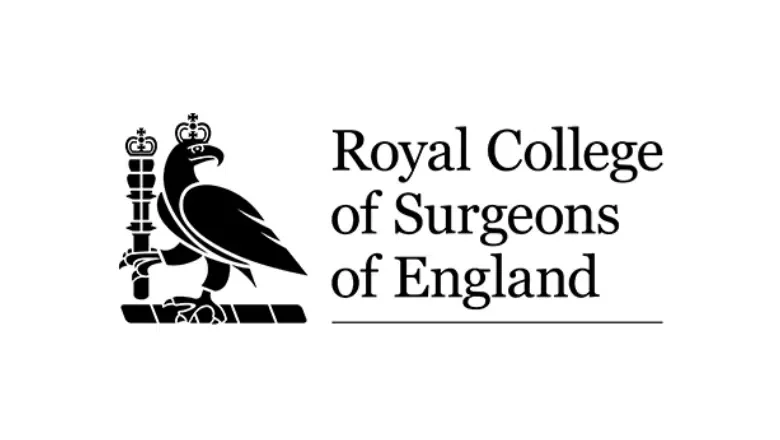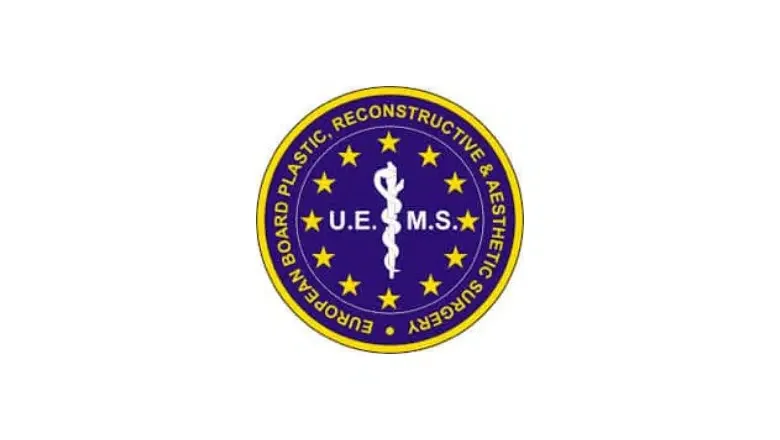Breast enlargement, a procedure aimed at enhancing breast size and shape, has gained considerable popularity in recent times. This choice is often made by women seeking to improve their body image, increase self-esteem, or regain breast fullness lost due to factors like pregnancy or significant weight changes. For those contemplating this procedure, it’s essential to understand the variety of available methods, the potential risks and benefits, the healing process, and other viable alternatives.
RELATED: What Do the Best Breasts Look Like?
At Centre for Surgery, renowned as a leading facility for breast surgery in the UK, we pride ourselves on our extensive experience and proven track record. Our surgical team is celebrated for their skill, meticulous attention to detail, and a deeply empathetic approach towards patient care.
In this guide, we explore the various approaches to breast enlargement, discussing the specifics, advantages, and considerations of each method. We aim to provide a thorough understanding of what the procedure entails, helping you make an informed decision. We’ll also cover the recovery journey and highlight alternative options to traditional surgery, ensuring you have all the necessary information at your disposal.
Centre for Surgery is committed to delivering outstanding results in breast enlargement, adhering to the highest standards of medical excellence and patient safety. Our goal is to support you through every step of your journey, ensuring a comfortable, informed, and satisfying experience.
Understanding the Motivations Behind Breast Augmentation: Why Women Want Bigger Breasts
Breast augmentation surgery, aimed at increasing breast size, resonates with many women for various personal, aesthetic, and physical reasons. The decision to undergo this procedure often goes beyond mere appearance enhancement, positively influencing self-esteem, body image, and overall life satisfaction.
A key motivation for many women is the desire for improved body proportions. Some may feel their smaller natural breast size doesn’t match their ideal body shape or align with their hips, leading them to seek a more balanced and harmonious physique through surgery. Achieving this can significantly uplift a woman’s confidence and comfort in her own body.
Addressing breast asymmetry is another common reason for breast augmentation. It’s natural for women to have some degree of unevenness in breast size or shape. However, when the disparity is pronounced, it can cause self-consciousness. Breast augmentation offers a solution to even out these differences, enhancing overall symmetry and reducing related insecurities.
Life changes like pregnancy, breastfeeding, and substantial weight fluctuations can alter breast volume and shape, often resulting in sagging or a loss of fullness. Breast augmentation, sometimes combined with a breast lift, can rejuvenate the breasts, restoring their youthful shape and helping women reclaim their pre-pregnancy or pre-weight loss appearance.
Furthermore, breast augmentation plays a vital role in reconstructive surgery, particularly following a mastectomy or lumpectomy due to breast cancer or other health issues. This procedure can be crucial in helping women regain a sense of femininity and wholeness, aiding in emotional recovery after the challenging journey of breast cancer treatment.
The impact of breast augmentation extends beyond physical enhancements. A successful surgery can lead to profound psychological benefits, including increased self-assurance, enhanced self-image, and overall happiness. These effects can ripple through various aspects of a woman’s life, positively influencing personal relationships, social interactions, and even professional opportunities.
Breast Enlargement Options: Implants and Fat Transfer
When it comes to breast enlargement, there are primarily two popular methods: breast augmentation with implants and fat transfer to the breasts. Each technique offers its unique approach and benefits, catering to different preferences and requirements.
Breast Augmentation with Implants
Breast augmentation with implants is a highly sought-after method for breast enlargement, primarily due to its effectiveness in enhancing breast size and shape. This surgical procedure involves placing implants – either saline or silicone – into the breasts to achieve the desired augmentation.
Types of Breast Implants:
- Saline Implants: These are filled with a sterile saltwater solution. One of their key features is that they can be filled during the surgery, allowing for minor adjustments in size for optimal symmetry.
- Silicone Implants: Filled with a cohesive silicone gel, silicone implants are favored for their natural feel and appearance. They mimic the texture of natural breast tissue more closely than saline implants.
Risks and Benefits:
- Risks: As with any surgical procedure, there are associated risks. These can include implant rupture (where the contents of the implant leak into the surrounding tissue), capsular contracture (hardening of the tissue around the implant), infection, and potential changes in nipple or breast sensation. It’s crucial to discuss these risks with your surgeon.
- Benefits: The benefits of this procedure are significant. They include improved breast size, enhanced shape and symmetry, and a boost in self-confidence. Many women report feeling more comfortable and confident in their clothing and overall appearance post-surgery.
Recovery Process:
- The recovery period after breast enlargement can vary based on individual factors like age, general health, and the specific surgical technique used. Common post-operative experiences include swelling, bruising, and discomfort in the breast area. Your surgeon will provide detailed post-operative care instructions, which may include wearing a support garment, medication for pain management, and guidelines for gradually resuming physical activities.
- It’s essential to adhere to these instructions and attend all follow-up appointments to ensure optimal healing and to monitor the results of the surgery.









